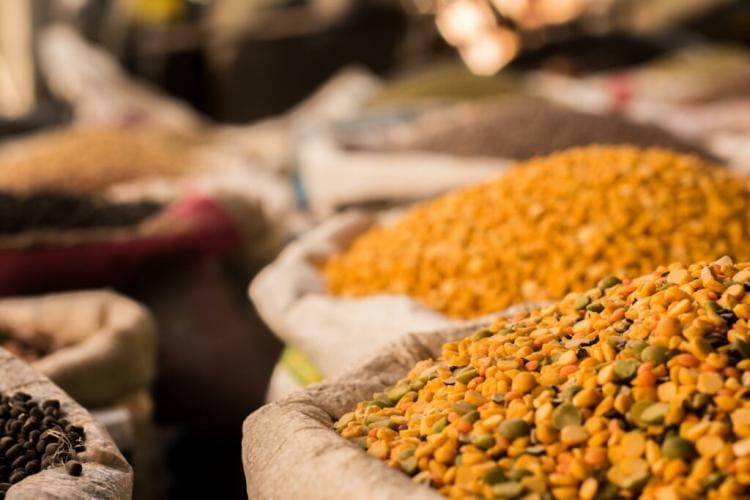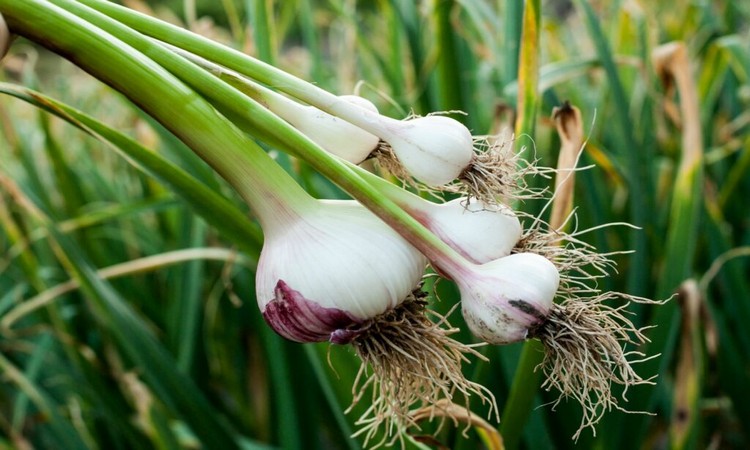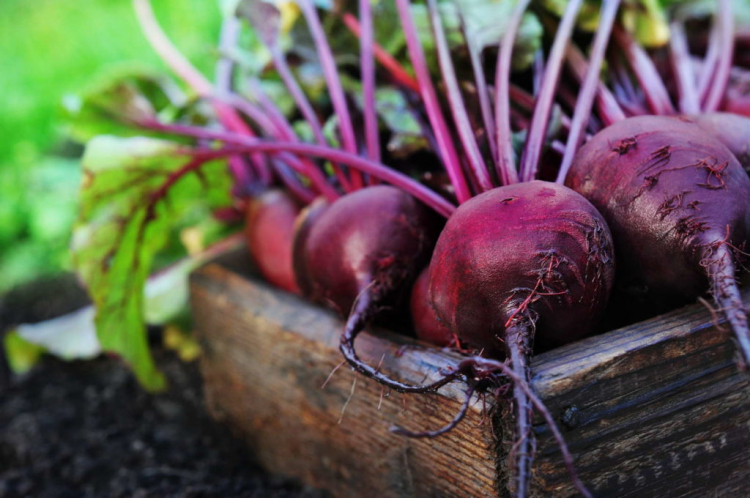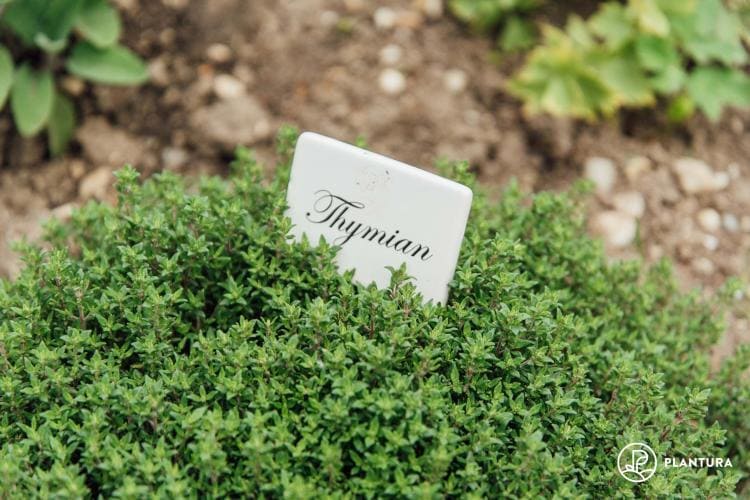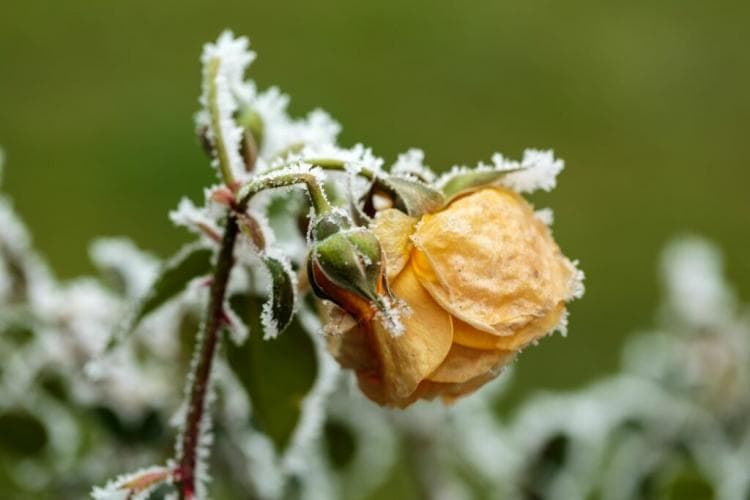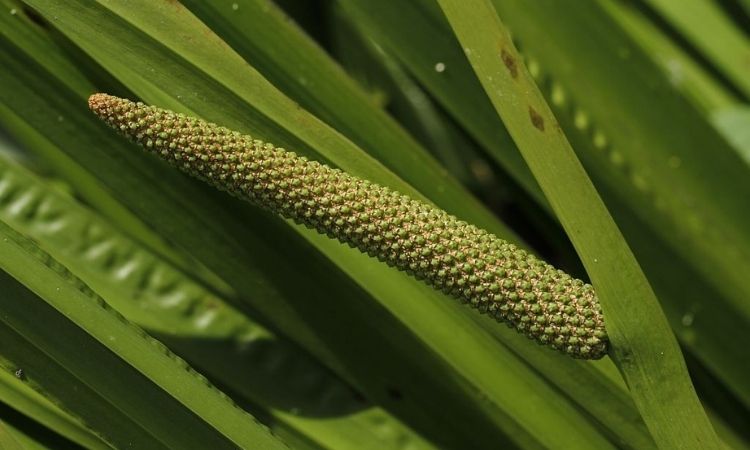Lentils: Pro Tips For Care And Grow A Healthy Vegetables
Lentils are now landing on our plates more often. Here you can find out how you can plant healthy lentils in your own garden.
The lentil ( Lens culinaris ) is one of the oldest cultivated plants in the world. It was cultivated in the Fertile Crescent in the Middle East around 10,000 years ago. From there the nutritious legumes ( Fabaceae ) spread all over the world. He played an important role not only in ancient Egypt but also in the food of the Stone Age people. An outdated fruit, one could perhaps say. But no, far from it, because the lens is refreshingly versatile and extremely healthy.
The lens has always shaped human history, but it never gets boring. Although it has been pushed back in Europe in the last few decades, since meat was now one of the main sources of protein for humans, the trend is now changing again. The lens is once again on a new triumphal march through the German-speaking area, and rightly so.
Lentils: origin and properties
Table of Contents
The lens was bred by our ancestors from the two wild lenses Lens nigrans and Lens Orientalis. Both species are native to the Mediterranean and can still be crossed with the kitchen lens. The annual lentil plant grows up to 50 centimeters high and likes to climb up other plants. Its leaves are finely pinnate and delicate tendrils adorn the plant. It has long been an important staple food for humans, and in some parts of the world, it still is. It used to be planted in regions with poor soil as it didn’t need a lot of nutrients to grow.
Types and varieties of lenses
There is a bit of chaos in the division of the lenses. Although only one of the six species is actually used, it has a myriad of different varieties. A rough subdivision can be made according to the size of the lentil grains: Small lenses have a maximum diameter of five millimeters, while large lenses can be over seven millimeters in size. Well-known types of lenses are, for example, the plate lens or the beluga lens. You can find out everything about lens types here.
Buying lentil plants: what to keep in mind
Lentil seedlings are hard to find in the store. So if you want to plant lentils, you have to resort to seeds for better or worse. When buying, make sure that the lentil seeds are free from pests.
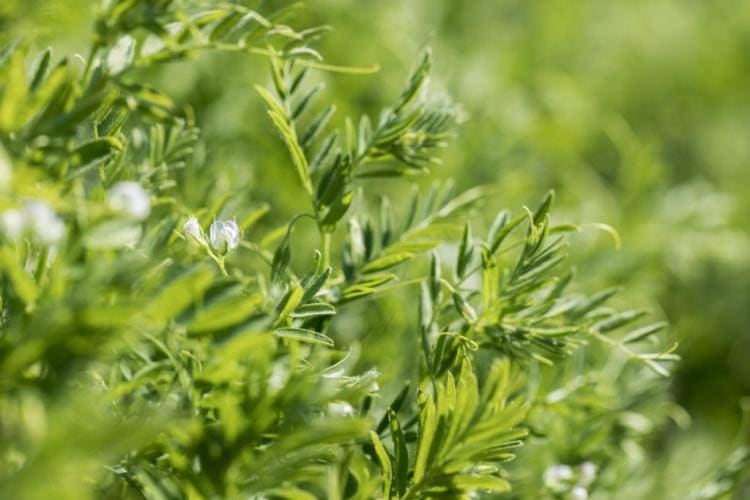
Planting lentils
Lentils are extremely undemanding and thrive without much effort. If you have chalky soil in your garden that is not very nutritious, then the lentil could be for you. The easy-care plant is sown in spring and is ready for harvest in high or late summer. Instructions for planting lentils can be found here.
Tip: To ensure a rich harvest, the soil can be improved with a little peat-free organic universal soil.
Caring for lentils: water and fertilize properly
Lentils are very drought tolerant and can handle very little water. Casting is therefore not necessary. The fertilization is also kept within limits because lentils are so-called legumes. Through a symbiosis with a group of bacteria, they can fix nitrogen from the air. So you don’t need this very important nutrient. By fixing, they even improve the soil for subsequent plants.
Fertilization with phosphorus or potassium is possible, but mostly not necessary. As a rule, the nutrients present in the soil are completely sufficient for the plants. The soil in gardens is often too rich in nutrients for the plants, which leads to increased growth and lower yields.
Propagate lentils
Lentils are only propagated by seeds. In late summer, when the lentil is bearing fruit, you can simply save part of the harvest and sow again the following spring. This works best when there are no other types of lentils growing nearby, as this will keep your lentils sorted. Otherwise, the varieties can cross with each other and a mixture is a result.
Harvest, store and preserve lentils
Lentils are naturally durable. After the harvest, however, you should dry them for a while so that the residual moisture is removed. Then you should keep the small seeds airtight and dark, preferably in a screw-top jar. This will avoid infestation with insects. Many lenses change color during storage. Plate lentils in particular are becoming less and less greenish and more yellowish. This is how you can tell the age of the lenses. Although lentils do not go bad in principle, you should not store them for longer than two years, as the taste will deteriorate over time.
If you have accidentally cooked too many lentils or would like to have a few prepared lentils ready quickly, you can also freeze them. The lentils can be kept in the freezer for a few months. You can also canned lentils, for example as a ready-made lentil soup. Make sure to sterilize the preserving jars sufficiently in the oven at 150 ° C before filling.
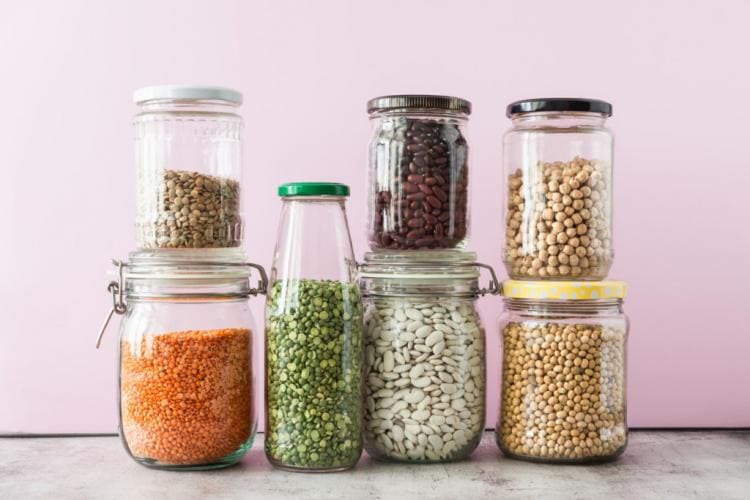
Lentils: Ingredients and Uses
Superfood doesn’t always have to come from the other side of the world: With the lens, we have a real health bomb right there. Lentils are not only delicious but also extremely filling. They also supply the body with vitamins B and E and provide valuable amino acids such as histidine and lysine. Even important minerals such as iron and magnesium are sufficiently available. Lentils are also an excellent source of protein because they consist of up to 25% protein. Health organizations around the world are therefore advising to reintegrate lentils into the diet.
Note: Lentils should be cooked before consumption, as they contain the poisonous substance phasing. This causes the blood to coagulate but is broken down when cooked and thus rendered harmless.
Lentils are prepared in the most delicious way possible. Be it classic Swabian lentils with spaetzle, Asian lentil curry, a light lentil salad, or lentil bread spread.
You might so like:
